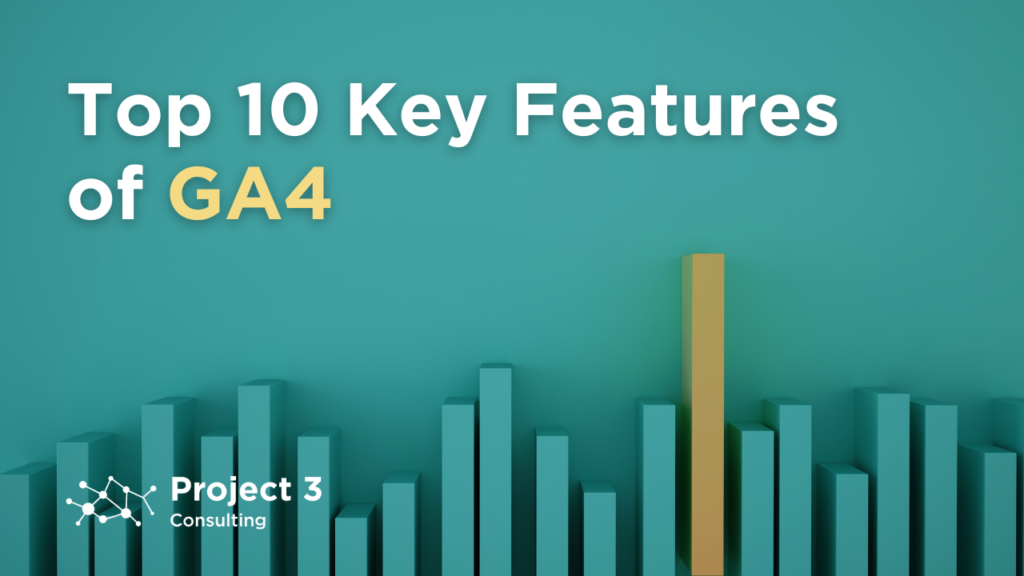
Google Analytics 4 (GA4) represents a significant evolution from Universal Analytics, transitioning from session-based to event-based tracking. This shift prioritizes user interactions across platforms and devices, providing richer insights through the tracking of in-app events, video interaction, and scroll depth. Additionally, GA4 introduces enhanced cross-device tracking, machine learning integration, and flexible data reporting, enabling a deeper understanding of user behavior and more informed decision-making.
1. Event-Based Data Model
One of the most significant changes in GA4 is its event-based data model. Unlike GA3’s focus on pageviews, GA4 revolves around events—user interactions such as clicks, form submissions, and video plays. Each event can have parameters that provide additional context, like video length or category. This model allows for a more granular and customizable analysis of user behavior, making it easier to focus on the interactions that matter most to your business.

For example, a visitor clicking on a product image can be tracked as an event with parameters detailing the product name, product category, and the position of the image on the page. This level of detail allows businesses to understand which products and placements are driving the most engagement. Additionally, user properties such as demographics, interests, and behaviors are tracked, offering a comprehensive view of user interactions across the site.
2. Cross-Platform Insights with GA4
GA4’s ability to collect data from both web and app platforms within the same property is a game-changer. This cross-platform tracking, powered by User ID, enables businesses to gain a holistic view of user interactions across different devices and touchpoints. This comprehensive insight helps in understanding the entire customer journey, allowing for more accurate analysis and optimization.
For instance, a visitor might start researching a product on their mobile app and complete the purchase on the website. This comprehensive insight helps in understanding the entire customer journey, allowing for more accurate analysis and optimization.

3. Predictive Analytics
GA4 harnesses machine learning to offer advanced predictive analytics. Features like predictive audiences and insights allow businesses to anticipate user behavior, such as potential churn or likely purchases. These predictive metrics empower businesses to proactively adjust their marketing strategies and target high-value users more effectively. That means GA4 can identify users who are likely to make a purchase within the next seven days based on their past behavior, enabling businesses to target these high-value users more effectively with personalized marketing strategies.

4. GA4’s Custom Reporting Features
GA4’s customizable exploration reports provide deep insights into user behavior. These reports can be tailored to include data on demographics, interests, and specific user interactions. The Exploration section, an advanced version of Custom Reports, allows businesses to create detailed funnels, segment overlaps, and other custom reports to better understand the user journey and optimize accordingly.
For example, you can create a report that shows the behavior of users from a particular age group who visited a specific product page and then completed a purchase, allowing for more targeted marketing efforts.
5. Enhanced Cross-Device Tracking
GA4’s improved cross-device tracking provides a unified view of user interactions across multiple devices. This feature is crucial for businesses to accurately track the customer journey and understand how users transition between devices, helping to create a more cohesive and seamless user experience.

For example, a user might browse products on their smartphone during their commute, add items to their cart on a tablet at home, and complete the purchase on a desktop at work. GA4 helps businesses understand these transitions, creating a more cohesive and seamless user experience.
6. AI-Powered Insights and Predictions
Google Analytics 4 leverages machine learning to deliver automatic insights and predictive metrics. The AI-powered insights surface meaningful patterns and trends, providing actionable recommendations to optimize marketing efforts. Predictive metrics like churn probability and potential revenue enable businesses to take proactive steps to enhance user engagement and retention.
For instance, GA4 might identify a trend where users from a specific region are more likely to abandon their carts on weekends, prompting businesses to adjust their marketing strategies to address this behavior.
7. Enhanced Data Privacy and Control
With increasing concerns about data privacy, GA4 emphasizes user privacy and control over data collection. Features like Consent Mode allow businesses to adjust data collection practices in compliance with regulations such as GDPR and CCPA. Additionally, flexible data retention settings enable businesses to balance analytics needs with user privacy expectations.
8. Streamlined Interface and Integration
GA4 offers a more intuitive and user-friendly interface, making it easier to access and visualize essential insights. The seamless integration with other Google marketing tools, such as Google Ads, allows for more personalized and targeted advertising campaigns. This integration also facilitates efficient measurement of marketing effectiveness.
For instance, businesses can quickly create and manage ad campaigns based on insights from GA4, optimizing their marketing efforts for better results.
9. Enhanced Customization and Flexibility
GA4’s event-based model offers unparalleled customization, allowing businesses to set up and measure any custom event. This flexibility ensures that the data collected is relevant and specific to the business’s unique needs, enabling more precise and actionable insights. Customizable user properties and event parameters provide further granularity in tracking and analysis.
For example, an e-commerce site can track custom events such as ‘add to wishlist’ or ‘apply discount code,’ providing deeper insights into user behavior and preferences.
10. Powerful Integrations with GA4
GA4 provides robust integration capabilities, connecting data from various sources such as web, app, CRM systems, and other Google tools. This integration allows businesses to create comprehensive reports and dashboards, leveraging data from multiple platforms for deeper insights.

Integration with tools like Looker Studio and Tableau enables advanced data visualization and analysis.
Conclusion
Google Analytics 4 represents the future of digital analytics, offering a suite of powerful features designed to enhance data-driven decision-making. By embracing GA4’s event-based model, cross-platform tracking, AI-powered insights, enhanced privacy controls, and seamless integrations, businesses can gain a deeper understanding of user behavior and optimize their marketing strategies. GA4 empowers modern marketers to unlock new opportunities and achieve greater success in their digital marketing efforts.
Are you looking to take your online marketing and website to the next level? Look no further than Project 3 Consulting. Our team of top analytics experts is ready to assist you with audits, tag management, implementation, strategy, and optimization. Let us help you harness the full potential of your data and drive your business forward.




